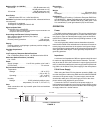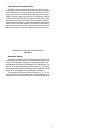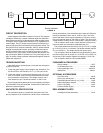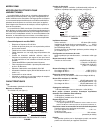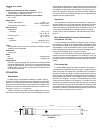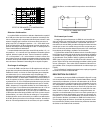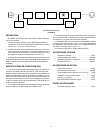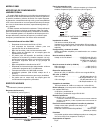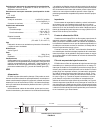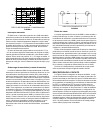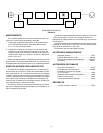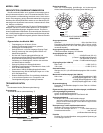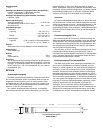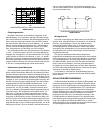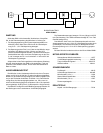3
Low-Frequency Response Filter
The SM81 has a three-position low-frequency response filter
controlled by a switch located on its handle. The switch is recessed
to avoid accidental movement, but may be easily moved with fin-
gertips. The user may select either flat response, low-frequency
rolloff of 6 dB per octave below 100 Hz, or low-frequency cutoff of
18 dB per octave below 80 Hz (see Figure 4). When close-miking
instruments or vocalists, an increase in low-frequency response
(proximity effect) takes place. Figure 4 illustrates this effect with the
switch in each of the three positions. Note that the low-frequency
response filter may be used to compensate for proximity effect or
reduce low-frequency noise from stage traffic and other sources.
PROXIMITY EFFECT AND COMPENSATION
FIGURE 4
Attenuator Switch
The SM81 has a switchable 10 dB capacitive attenuator to pre-
vent high sound pressure levels from overloading its internal elec-
tronics. The attenuator is engaged by rotating the actuator ring,
located directly below the grille assembly, until it reaches the “-10"
position. This reduces the output of the microphone by 10 dB and
increases the maximum sound pressure level at clipping by 10 dB.
There are no intermediate levels of attenuation available.
The attenuator ring may be locked in either the “0" or “-10" po-
sition as follows. Unscrew the grille and cartridge assembly by un-
screwing counter-clockwise from the top. Turn the actuator ring to




